Trigeminal Neuralgia
Trigeminal neuralgia (try-JEM-ih-nul nu-RAL-yuh) is a condition that produces unbearable pain on one side of the face that is equivalent to an electric shock. The trigeminal nerve, which transmits messages from the face to the brain, is impacted. A sudden sharp pain may be felt even when brushing your teeth or applying cosmetics. The pain from trigeminal neuralgia may persist for a long time. It is referred to as a chronic pain syndrome.
Initially, people with trigeminal neuralgia may have brief, minor pain episodes. However, prolonged episodes of pain may become more frequent if the illness worsens. Individuals over 50 and women are more prone to encounter it.
What is the Trigeminal Nerve?
The trigeminal nerve is the part of the nervous system that travels from your face to your brain to convey sensations of touch, warmth, and pain. The feeling is provided by the massive, three-part nerve in your head. One region that regulates motor function which facilitates chewing and swallowing is the mandibular nerve.
What is the anatomy of the Trigeminal Nerve?
The trigeminal nerves have roots and branches across your face, much like a tree growing from your brain:
- There are four nuclei, or groups of nerve cell bodies, in your brain where the trigeminal nerves start. Your senses are operated by three of these nuclei. The fourth regulates your movement or motor function.
- The largest, central portion of your brainstem, the pons, is where these three sensory nuclei unite to form a single sensory root.
- As it emerges from the brainstem on either side, this sensory root gives rise to the trigeminal ganglion. (A group of nerves outside the nervous system is called a ganglion.) Every trigeminal ganglion is located in front of your ear, on the side of your head, next to the temple of your skull.
- Three trigeminal nerve branches split off from the trigeminal ganglion. These branches go to various areas of your face on either side of your skull.
What is the function of the Trigeminal Nerve?
- The trigeminal nerve is largely responsible for providing you with sensation, even if the mandibular nerve branch performs both motor and sensory functions.
- The trigeminal nerve makes it easier to bite, chew, and swallow sensations in the face and scalp.
What are the branches of the Trigeminal Nerve?
The trigeminal nerve has three branches, each of which serves a different function:
- Ophthalmic: This branch sends nerve impulses to your brain from your scalp and upper face. Eyes are referred to as ophthalmic. The forehead, top eyelids, and eyes are all impacted by the ophthalmic nerve.
- Maxillary: The middle portion of your face experiences feelings from this nerve branch. Your maxillary nerve system includes your nose, upper lip, gums, lower eyelids, and cheeks.
- Mandibular: The mandibular branch, which coordinates with the lower jaw, helps with sensation in the jaws, lower lip, and gums. These nerves have a motor function. They help with swallowing, chewing, and biting.
What is the Trigeminal Neuralgia?
- A disorder known as trigeminal neuralgia has been defined by pain originating from the trigeminal nerve, which begins close to the top of the ear and divides into three sections, extending into the cheek, jaw, and eye. Trigeminal neuralgia pain typically affects only one side of the face, even though each side of our face has two trigeminal nerves.
- The pain in the face caused by various illnesses is not the same as that caused by trigeminal neuralgia. It is commonly described as being so severe that the person cannot swallow or drink, and as having a stabbing, lancinating, or electrical sensation. The pain moves around the face in only a couple of seconds at first, but as the illness worsens, it can last for minutes or longer.
What are the causes of the Trigeminal Neuralgia?
- Although it normally develops on its own, trigeminal neuralgia can occasionally be linked to dental work.
- Vascular compression a term used to describe the condition may be the result of a blood vessel pressing against the trigeminal nerve. The myelin sheath can be worn away over time by the pulse of an artery pressing on the nerve, leaving the nerve exposed and extremely sensitive.
- Patients with undiagnosed trigeminal neuralgia may experience symptoms that are similar to those of dental issues, and they may undergo several dental operations in an attempt to manage their pain.
- Although they are uncommon, multiple sclerosis and tumors can also result in trigeminal neuralgia. The possibility that this illness is connected to postherpetic neuralgia, which is caused by shingles, is being investigated by researchers.
- Certain individuals may develop trigeminal neuralgia as a consequence of a face trauma or stroke. Surgery-related nerve damage is another possible cause of trigeminal neuralgia.
What are the symptoms of the Trigeminal Neuralgia?
Trigeminal neuralgia symptoms may show as one or more of the following variations:
- Episodes of sharp, electric-shock-like pain that last for a long time.
- Pain that comes on suddenly or that is caused by touching, biting, speaking, or brushing your teeth.
- Pain episodes range in duration from a few seconds to many minutes.
- A painful side effect of facial spasms.
- Pain episodes can remain for several days, weeks, months, or more. There are times when some people are pain-free.
- Pain in the trigeminal nerve’s supply region. Some of these regions are the cheek, jaw, teeth, gums, and lips. The forehead and eye may be impacted less frequently.
- One side of the face at a time is hurting.
- Pain localized in one area. Or there could be a more widespread pattern of discomfort.
- Pain that rarely happens while you’re asleep.
- Periods of discomfort that increase in frequency and severity over time.
Triggers
Several things can trigger trigeminal neuralgia pain including:
- Shaving
- Making contact with your face.
- Consuming food.
- Consuming alcohol.
- Scrubbing your teeth.
- Speaking.
- Applying cosmetics.
- A gentle wind caressing your face.
- Smiling.
- Scrubbing your face.
Trigeminal Neuralgia Pain
- Ocular, maxillary, and mandibular branches arise from the division of the trigeminal nerve. Many parts of the face receive sensation from each branch. Trigeminal neuralgia can cause pain anywhere in the face, depending on which branch and which area of the nerve is damaged. It usually feels in the lower portion of the face. Some people claim that the suffering is so intense that it is worse than having a heart attack, passing a kidney stone, or even giving birth.
- Trigeminal neuralgia flare-ups might start with facial tingling or numbness. Acute pain appears as brief, rapid episodes lasting a few seconds to two minutes, which gradually increase in frequency until they are nearly constant.
- A period of painlessness that can extend up to a year or longer may occur after flare-ups that persist for a few weeks or months. Pain from trigeminal neuralgia never goes away; in fact, it always returns, usually stronger.
- Sometimes the pain associated with trigeminal neuralgia is dull and persistent rather than severe and burning. Some refer to this and other symptom changes as “atypical trigeminal neuralgia.”
What are the risk factors of the Trigeminal Neuralgia?
According to research, the following variables increase a person’s likelihood of developing trigeminal neuralgia:
- Sexual. Trigeminal neuralgia affects women more frequently than it does males.
- Age. People 50 and older are more likely to get trigeminal neuralgia.
- Particular conditions. One such risk factor for trigeminal neuralgia is hypertension. In addition, trigeminal neuralgia is more common in individuals with multiple sclerosis.
What is the Diagnosis of the Trigeminal Neuralgia?
Your doctor’s diagnosis of trigeminal neuralgia is primarily dependent on how you describe the pain, which includes:
- Type. Trigeminal neuralgia-related pain is sharp, electric shock-like, and transient.
- Where. Your facial pain can indicate to your healthcare provider whether the trigeminal nerve is implicated.
- Triggers. A gentle touch on your face, eating, talking, or even a cool wind can cause discomfort.
Your healthcare provider could perform tests to identify trigeminal neuralgia. Diagnosing the condition’s causes can also be aided by tests. They could consist of:
- A neurological examination. It can be helpful to touch and examine specific areas of your face to pinpoint the exact location of the pain. The examination might assist in identifying which trigeminal nerve branches may be impacted if you seem to have trigeminal neuralgia. If you’re unsure if your symptoms are coming from a compressed nerve or anything else, reflex tests can help.
- MRI stands for magnetic resonance imaging. To investigate potential causes of trigeminal neuralgia, you might require an MRI. Signs of a tumor or multiple sclerosis may be seen on an MRI. A dye may occasionally be injected into a blood vessel to see the arteries and veins and demonstrate blood flow.
An accurate diagnosis is crucial because numerous illnesses could be the source of your facial pain. To rule out further problems, your healthcare provider may also prescribe additional testing.
What are the treatments for Trigeminal Neuralgia?
Medication is typically the first line of treatment for trigeminal neuralgia, while some patients may recover without further care. Nevertheless, some patients may eventually develop undesirable side effects or stop responding to treatment. Other trigeminal neuralgia therapy options for those individuals include injections or surgery. If there is an underlying reason for your disease such as multiple sclerosis you must receive therapy for that condition.
Medication
Medical practitioners prescribe medications to reduce or stop the pain signals that are sent to your brain to treat trigeminal neuralgia.
- Medication to prevent seizures. For trigeminal neuralgia, doctors frequently prescribe carbamazepine (Carbatrol, Tegretol, and other brands). It works well to treat the illness.
- Lamotrigine (Lamictal), phenytoin (Dilantin, Phenytek, Cerebyx), and oxcarbazepine (Trileptal, Oxtellar XR) are further anti-seizure medications that may be utilized. Pregabalin (Lyrica), gabapentin (Neurontin, Gralise, Horizant), and topiramate (Qudexy XR, Topamax, among others) are other medications that may be utilized.
- Your doctor may decide to change your anti-seizure medication or increase the dosage if it starts to lose its effectiveness. Anti-seizure medications may cause nausea, sleepiness, dizziness, and confusion as side effects. Moreover, certain individuals primarily those of Asian heritage may experience a severe reaction when using carbamazepine. Before starting carbamazepine, genetic testing might be advised.
- Muscles relaxants. Baclofen (Gablofen, Fleqsuvy, etc.) and other muscle relaxants can be administered with or without carbamazepine. Possible adverse effects include nausea, dizziness, and drowsiness.
- Botox injections. Injections of onabotulinumtoxinA (Botox) may lessen trigeminal neuralgia pain in those whose medications are no longer effective, according to small tests. Before this treatment is utilized extensively for this ailment, more research must be conducted.
Surgery
The following are surgical possibilities for trigeminal neuralgia:
- Decompression of microvascular structures. This technique involves shifting or eliminating blood vessels that come into contact with the nerve to prevent the trigeminal nerve from malfunctioning. The side of the ear where the pain is felt is where an incision is made behind the ear. Next, your surgeon will relocate any arteries that are in contact with the trigeminal nerve via a tiny opening in your head. Additionally, the surgeon inserts a soft cushion between the arteries and the nerve.
- Your surgeon might remove a vein if it is squeezing the nerve. If arteries are not pressing on the trigeminal nerve, a portion of the nerve may be severed. We call this a neurectomy.
- Pain can be stopped or reduced for several years with microvascular decompression. The location, kind, and age of the pain all affect how long-term pain treatment is possible. Following the treatment, individuals who have a blood vessel that appears to be compressing the nerve may experience no discomfort for years. In the three to five years following surgery, very few patients may experience pain again. Reduced hearing, facial paralysis, facial numbness, stroke, or other problems are some of the dangers associated with microvascular decompression. After this operation, most patients don’t experience any face numbness.
- Gamma Knife can also refer to brain stereotactic radiosurgery. radiation dosage is delivered onto the trigeminal nerve root by the surgeon during this surgery. To lessen or reduce pain, the radiation causes damage to the trigeminal nerve. The pain decreases gradually and might take a month or longer.
- Brain stereotactic radiosurgery successfully reduces pain in the majority of patients. After receiving any kind of treatment, there is a potential that the pain may return; this often occurs three to five years later. You may undergo another operation or have the first one revised if the pain returns. A typical adverse effect that might happen months or years after the treatment is facial numbness.
Rhizotomy is one of the several treatments that may be performed to treat trigeminal neuralgia. Your surgeon will cut nerve fibers during a rhizotomy to lessen discomfort. Some facial numbness results from this. Rhizotomy types include:
- Glycerol injection. Painkilling medication is administered by a needle inserted through the base of the skull and into the face. The trigeminal nerve’s three branches are surrounded by a little sac of spinal fluid, where the needle is directed. Next, a little injection of sterile glycerol is given. Glycerol obstructs pain signals and harms the trigeminal nerve.
- Pain relief from this therapy is common. But for some, the suffering comes back. Many patients who receive a glycerol injection report having tingling or numbness in their faces.
- Balloon compression. During this procedure, a hollow needle is put into the patient’s face. The trigeminal nerve’s passage through the base of the skull is where it is targeted. Subsequently, a catheter a thin, flexible tube with a balloon at its end is inserted via the needle. Enough pressure is applied to the balloon during expansion to damage the trigeminal nerve and obstruct pain signals.
- Most patients find that balloon compression effectively reduces their discomfort, at least temporarily. Most patients who have this surgery have at least mild, temporary facial numbness.
- Radiofrequency thermal lesioning. During this process, pain-related nerve fibers are specifically destroyed. Your surgeon will put a hollow needle into your face while you are unconscious. The trigeminal nerve passes via a hole at the base of your skull, and the surgeon guides the needle to that location.
- Your surgeon will gently awaken you from sedation after the needle is positioned. A small electrical current is passed through the electrode’s tip by your surgeon as they enter it via the needle. Tell us where and when you experience tingling.
- You return to anesthesia once your surgeon has identified the area of the nerve causing your pain. After that, the electrode is heated to the point where the nerve fibers are damaged, creating a lesion as an area with injury. In case the lesion is not effective in relieving your pain, your physician might make more lesions.
- Following radiofrequency thermal lesioning, temporary face numbness is usually seen. Four to six years may pass before pain returns.
You can combine medication therapy with other methods, such as
- Yoga.
- Imaginative visualisation.
- Meditation.
- Aromatherapy.
- Low-impact exercise.
Other therapies that could be beneficial are:
- Acupuncture.
- Chiropractic.
- Supportive therapy or counseling.
- Biofeedback.
- Vitamin supplementation.
- Nutritional treatment.
Physical-Therapy for Trigeminal Neuralgia
Physical therapy can help reduce the pain associated with trigeminal neuralgia while improving your capacity to perform daily tasks affected by the condition. Your physical therapist will conduct suitable tests and ask questions during your examination. To determine the exact cause of your trigeminal neuralgia, a physical therapist will also try to reproduce the pain. After that, your physiotherapist will create a personalized treatment plan that concentrates on your requirements and goals.
Your physical therapy program’s major goals for trigeminal neuralgia will be to ease symptoms, regain function, and lessen pain in your face and other affected areas. Physical therapy treatments will contain:
- Modalities for treating facial pain. For example, Transcutaneous Electrical Nerve Stimulation (TENS) was used to treat patients continuously all over the damaged nerve’s route. One electrode was placed directly in front of the ear, and the other at the end of its associated nerve. When necessary, however, the location changed based on effectiveness and pain referral.
- Heat moist packs (to relieve pain).To reduce muscle spasms, the trapezius and neck muscles were treated with a heated, wet pack for ten minutes.
- Functional exercises to manage issues related to day-to-day living. Each side received isometric neck exercises, and five repetitions of pain-free neck range-of-motion exercises (side-flexion, flexion, and extension) were given.
- Relaxation methods.For ten minutes, which included deep breathing exercises. Techniques for distraction are also included. Instead of sitting and thinking about their pain situations, patients were advised to participate in the activities that they enjoy. They were asked to perform these activities at home.
- Cardiovascular exercise improves fitness and general health standards.
- Management of stress.
- Information about modifying your lifestyle to improve your health, including suggestions for controlling your diet, sleep, and rest.
- Patients were instructed to cover the affected side of their face with a cotton pad or a soft cloth for 15 minutes each day to reduce their hypersensitivity. This may have the effect of reducing the nervous system’s exposure to continuous afferent input.
- To protect themselves from the cold, patients were advised not to drink anything or wash their faces with cold water. They were also told to stop chewing on their affected side and to quit eating hard items.
What are the preventions for Trigeminal Neuralgia?
These modifications to lifestyle can maintain the nervous system’s health:
- Spend most of your days in physical activity.
- Continue eating a balanced diet and drinking lots of water to stay hydrated.
- Look for healthy stress-reduction techniques, such as gardening or meditation.
- Increase your sleeping routine.
- Control conditions including diabetes and hypertension can impair nerve function.
- If abusing drugs or smoking is causing you trouble, get therapy.
Summary
Trigeminal neuralgia is not life-threatening, however, it can significantly lower the quality of life. You might develop a fear of carrying out specific everyday tasks since they can trigger brief but severe painful episodes. Even while this is a problem that is likely to persist in some form throughout your life, there are thankfully a variety of surgical procedures and therapeutic alternatives that can help you live a normal, comparatively pain-free life.
FAQs
Which is the most typical cause of Trigeminal Neuralgia?
While facial injuries or dental operations are occasionally linked to trigeminal neuralgia, it often develops on its own. Vascular compression, another name for the disorder, might be the result of a blood vessel pushing on the trigeminal nerve.
Is it possible to treat Trigeminal Neuralgia?
Trigeminal neuralgia can increase over time if treatment is not received, but attacks may start moderate and brief. While there isn’t always a cure for trigeminal neuralgia, there are techniques that can reduce the severe pain. Anticonvulsive drugs are typically the initial line of therapy.
How can relieve the discomfort caused by Trigeminal Neuralgia?
Medical practitioners give medications to reduce or stop the pain signals that are transmitted to your brain to treat trigeminal neuralgia. Anti-seizure medicines. Physicians frequently recommend carbamazepine (Carbatrol, Tegretol, and other brands) for the treatment of trigeminal neuralgia, muscle relaxants, and Botox injections.
Can individuals with trigeminal neuralgia lead a normal life?
Even though trigeminal neuralgia might be uncomfortable, most individuals can find relief with the right care.
Does neuralgia resolve on its own?
Most people will sometimes get moderate neuralgia, but these episodes are generally temporary and go away on their own in a few days. Certain kinds of neuralgia are more severe, debilitating, and severe, to the point where they significantly reduce a person’s quality of life.
References
- Trigeminal neuralgia. (2023, February 14). Johns Hopkins Medicine. https://www.hopkinsmedicine.org/health/conditions-and-diseases/trigeminal neuralgia#:~:text=Trigeminal%20neuralgia%20is%20a%20condition,commonly%20affects%20only%20one%20side.
- Trigeminal neuralgia Diagnosis and treatment Mayo Clinic. (2023, December 28). https://www.mayoclinic.org/diseases-conditions/trigeminal-neuralgia/diagnosis-treatment/drc-20353347
- Trigeminal neuralgia – causes, symptoms, and treatments. (n.d.). https://www.aans.org/Patients/Neurosurgical-Conditions-and-Treatments/Trigeminal-Neuralgia
- Professional, C. C. M. (n.d.-p). Trigeminal neuralgia (TN). Cleveland Clinic. https://my.clevelandclinic.org/health/diseases/15671-trigeminal-neuralgia-tn
- Trigeminal neuralgia Diagnosis and treatment Mayo Clinic. (2023b, December 28). https://www.mayoclinic.org/diseases-conditions/trigeminal-neuralgia/diagnosis-treatment/drc-20353347
- Rubin, M. (2023a, November 4). Trigeminal neuralgia. MSD Manual Professional Edition. https://www.msdmanuals.com/en-in/professional/neurologic-disorders/neuro-ophthalmologic-and-cranial-nerve-disorders/trigeminal-neuralgia#Treatment_v1042876
- Professional, C. C. M. (n.d.-p). Trigeminal nerve. Cleveland Clinic. https://my.clevelandclinic.org/health/body/21581-trigeminal-nerve

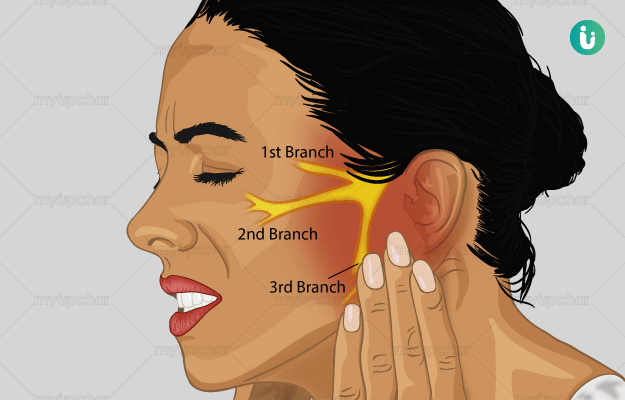
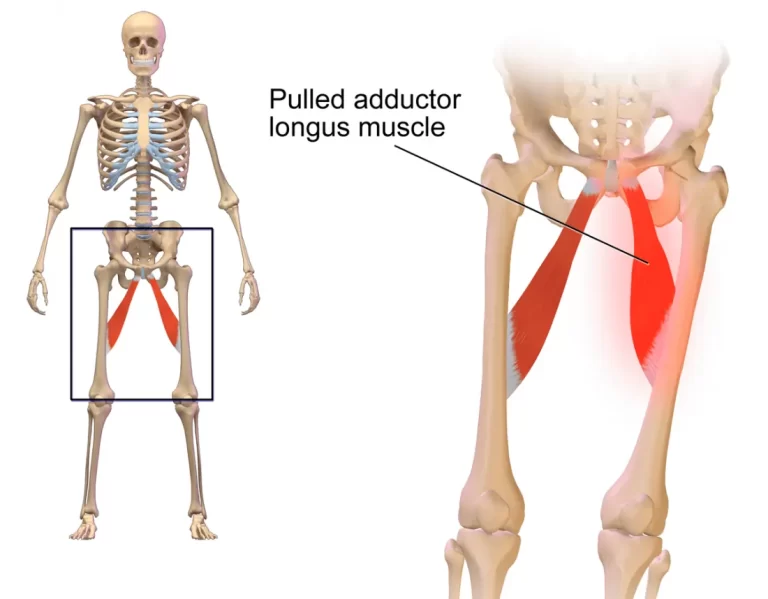
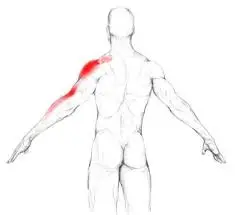
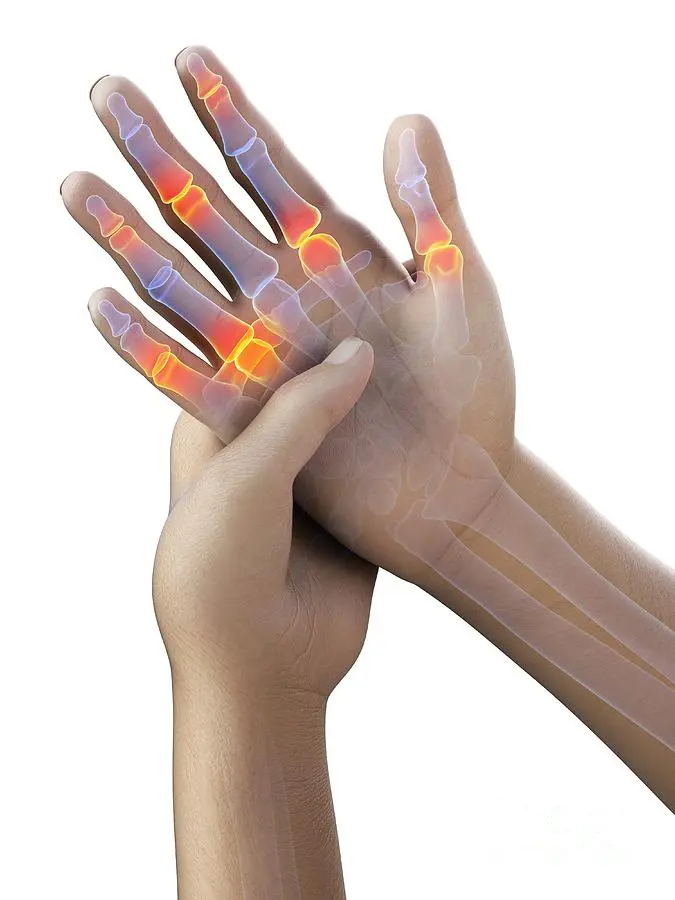
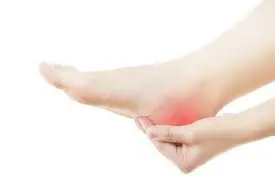
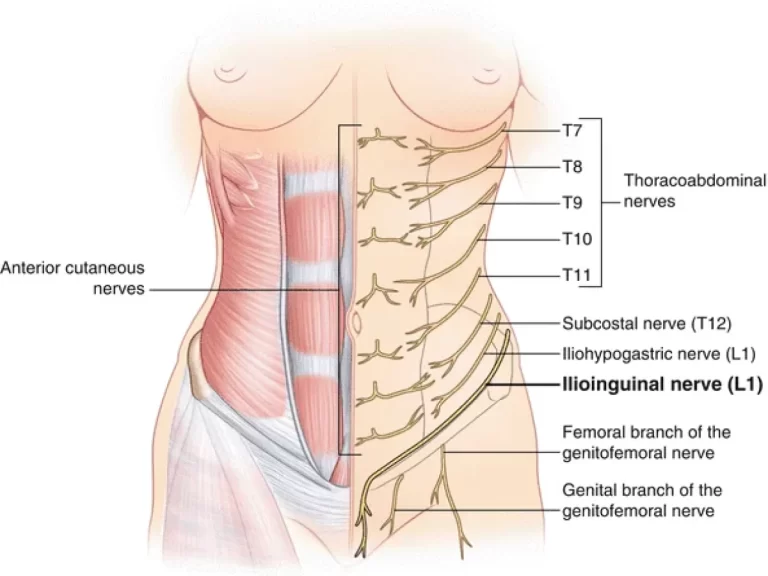
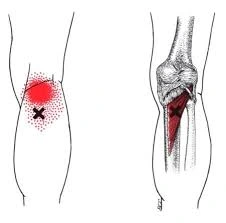
One Comment